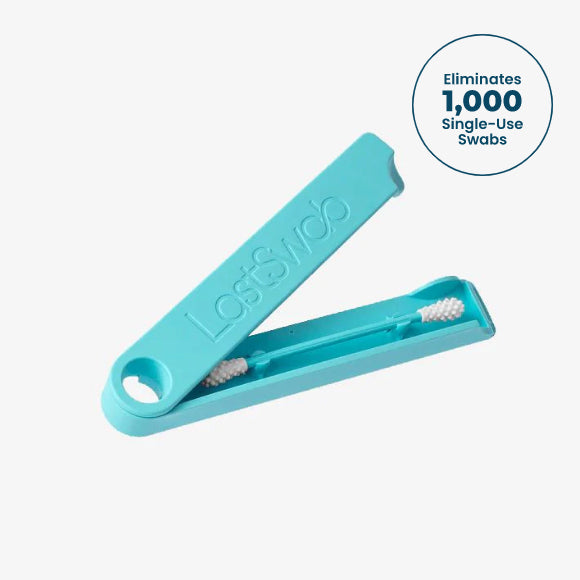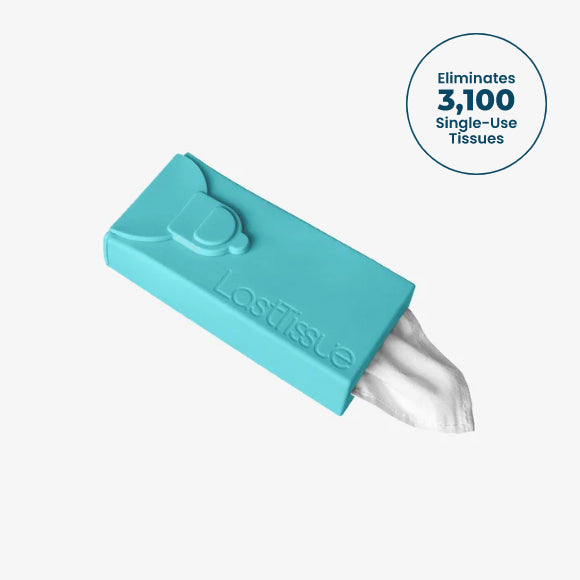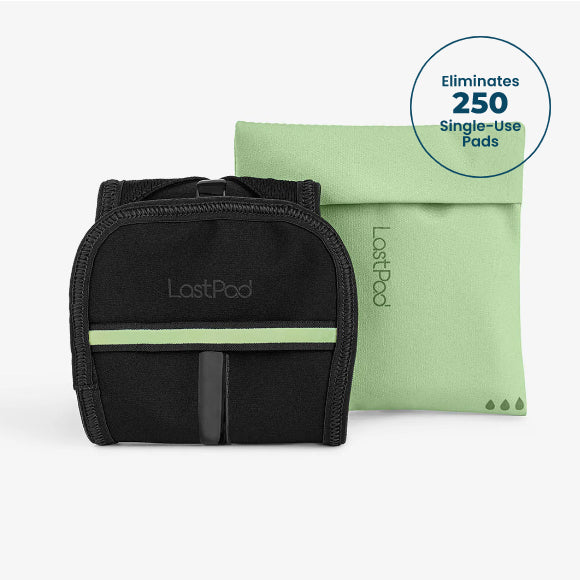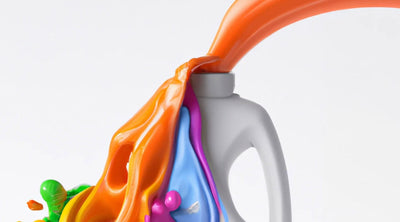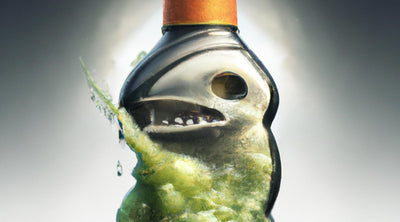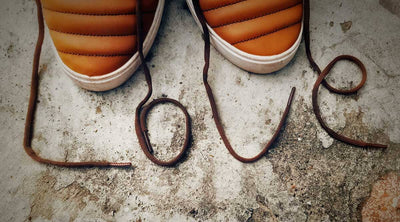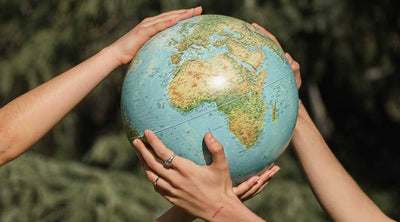How Do Microplastics Affect Oceans & Marine Life?
November 02, 2021Our oceans are vast breathtaking treasures that are responsible for producing most of the world’s oxygen and home to countless species. But these waters are also fragile and threatened spaces because of climate change and pollution. Of these dangers, microplastics in the ocean is one of the most pressing issues. Read on to discover how microplastics affect oceans and marine life.
What Are Microplastics?
Microplastics are pieces of plastic smaller than five millimeters in length. They come from a wide variety of sources including larger plastic items that have broken down, resin pellets, and microbeads.
Of the ever growing plastic waste that is entering oceans every year, microplastics make up a significant proportion. What’s worse, the larger parts also slowly break down to become microplastics eventually and these harmful materials have even been found in arctic snow, ice, and water.
Here are some alarming statistics that illustrate the scale of this issue:
- A 2016 study examined just four sources of microplastics. It found that these sources alone caused 1.3 million metric tons of marine plastic waste. This made up 11% of the total amount of ocean plastic pollution that year.
- Research indicates that around 3 million tons of microplastics enter the ocean annually.
- According to research, an estimated 15 to 51 trillion microplastic particles float on the ocean surface.
This issue poses a serious threat to the wellbeing of humans and animals because marine species at the bottom of the food chain consume microplastics. As a direct result, microplastics have spread throughout the rest of the food chain. They have been found in many sea-based animals like fish, oysters, and scallops that are consumed by humans.
Microplastics often contain toxic substances such as phthalates and polychlorinated biphenyls, which have been linked to cancer and a range of other serious health conditions. The full health implications to humans are still under investigation, but could be dire.
The Bigger Problem With Microplastics

It was long believed that plastic needed sunlight or waves to break down into smaller pieces. Microplastics would take years to produce through this process. However, scientists have now found that animals also break down plastics. Creatures such as Arctic krill and amphipods quickly grind the material down, which not only accelerates the process but also creates nanoplastics.
Nanoplastics are even smaller pieces of plastic than microplastics. They are less than 100 nanometers in length. This makes them small enough to get into cells where they can damage proteins. The smaller surface area also causes more interactions between microplastics and the environment. Essentially, the smaller the plastic the greater the negative impact on the ecosystem. Worryingly though, it can now be found in the sea as well as streams and rivers.
How Do Microplastics Enter The Food Chain To Cause Harm?
Microplastics primarily enter the food chain through discarded waste. In 2010, it was estimated that around 8 million tons of plastic waste was dumped in the seas. That annual figure is projected to have risen steeply since.
Once in the environment, microplastics are consumed by marine animals, which are then eaten by predators like larger fish or birds. The microplastics are passed on from prey to predator and will eventually be consumed by humans further down the food chain.
It’s also important to note that humans can end up getting microplastics in their system from other sources besides animals. Microplastics have now spread extensively throughout the environment and can be found in honey, sugar, and beer. In fact, one of the major vectors for human ingestion of microplastics is via salt. Research has found microplastics in 128 brands of salts. These came from 38 different countries across five continents. As a result, salt is a long-term microplastic exposure route for humans.
What Are The Solutions To The Microplastic Threat?
While the situation may appear bleak, experts have already begun working on solutions. But before we get to that, let’s consider the sources of microplastics.
Researchers from Pew identified four key channels of microplastics. These are microbeads, tires, plastic pellets, and textiles. This is not an exhaustive list but addressing these areas is an important starting point.
Microbeads are often found in personal care items but should ideally be manufactured with natural materials such as nutshell, instead. The other three channels require industrial and systemic change. Tires require innovative durable designs but people should be encouraged to drive less and take public transport more. Plastic pellets, also known as nurdles, are used in the production of most plastic items and their use should also be minimized. Lastly, fabrics and textiles should be redesigned to limit microfiber shedding.
Beyond these four channels, there are other measures that individuals and states can incorporate. It requires the development of new innovative approaches to plastic management across their life cycles. One of the most important interventions are state bans on single-use plastic items, which are being rolled out around the world. For example, the UK government just introduced a ban on single-use plastic cutlery.
In addition to new legislation, communities play their part as well. Activities such as beach clean-ups can prevent microplastics from entering the food chain. Anyone can get involved and it’s as easy as forming groups and collecting plastic from beaches. The same can be done for rivers and streams. By doing so, we can significantly reduce the amount of plastic waste entering the ocean, meaning there’ll be less microplastics too.
On a similar note, ocean clean-ups can also prevent some of the harm caused by microplastics. Efforts are already underway to achieve this with endeavors like the Ocean Cleanup Project, which have the main aim of ridding our seas of plastic waste. This specific project is driven by a large-scale system of nets that collect and remove plastic. You can make donations to show your support for movements like this.
At an individual level, we can all make little changes to our everyday lives. For instance, you can stop using single-use plastic products and opt for reusable, sustainable alternatives. You can’t go wrong with pioneering brands like LastObject for high quality green products. Our company is playing a leading role in the fight against microplastics, as you’ll see below.
How LastObject Helps To Combat The Plastic Pollution Of Marine Life

LastObject was founded in 2018, and launched its first product, the LastSwab, in 2019. Our mission is to help eliminate the use of single-use items and we aim to achieve this through the development of reusable sustainable alternatives.
We are using marine plastic waste as part of our production process. For example, LastSwab’s carry case is made from recycled ocean plastic waste, meaning we’re combating the microplastic crisis in two important ways.
Firstly, people who use our products consume and discard less plastic. As a result, less microplastics find their way to the sea in the first place. Secondly, we are directly removing plastic waste from the seas, which is good news all round for the food chain.
We also do our best to support other efforts to keep our seas clean. LastObject regularly runs promotions and projects aimed at protecting marine environments. We donated all profits earned on Black Friday 2019 to the Ocean Cleanup Project. For each product we sold in November 2020 we removed 1kg of plastic waste from the ocean. These efforts help to improve the health of the world’s seas.
Microplastics In The Ocean: The Solution
You should now have a better understanding of microplastics in the ocean and all the problems they cause. The only way to overcome this threat is for governments, communities, companies, and individuals like you to all work together. With everyone doing their bit to protect our oceans, the future of marine life and the planet as a whole will start looking much brighter.
MORE Sustainability 101 ARTICLES View all ›
Ready to make
the switch?
- Powerful Cleaning
- Dissolves Easily
- Skin-Friendly
- Eco-Friendly
- No Mess





